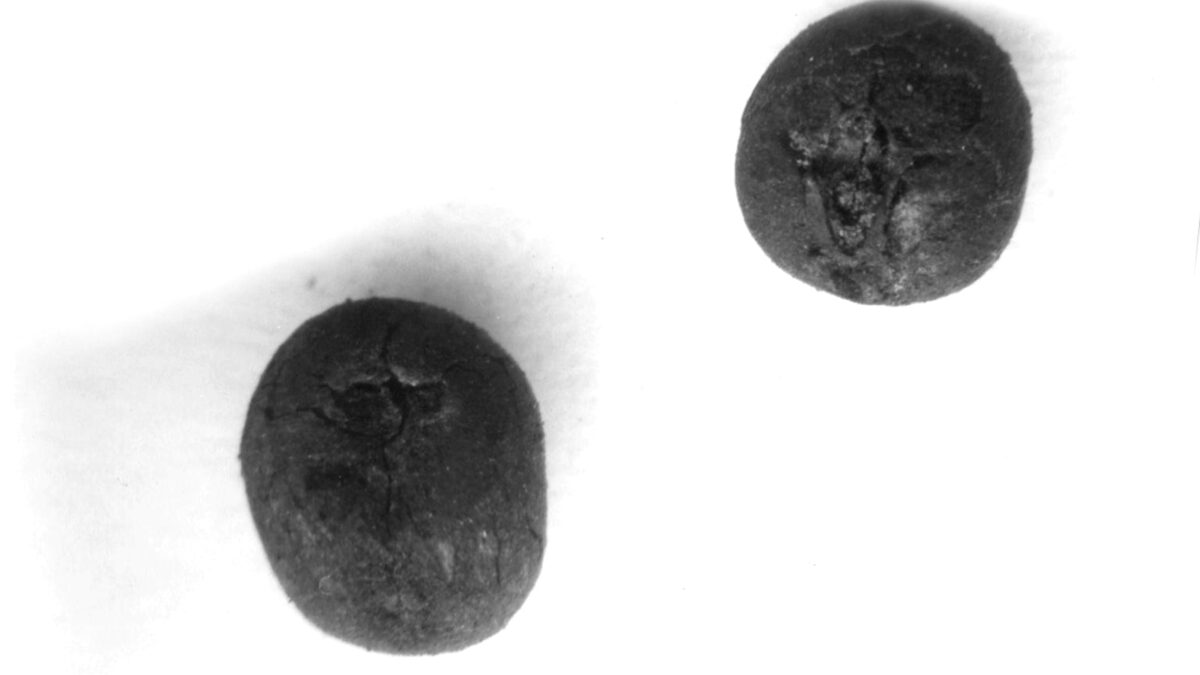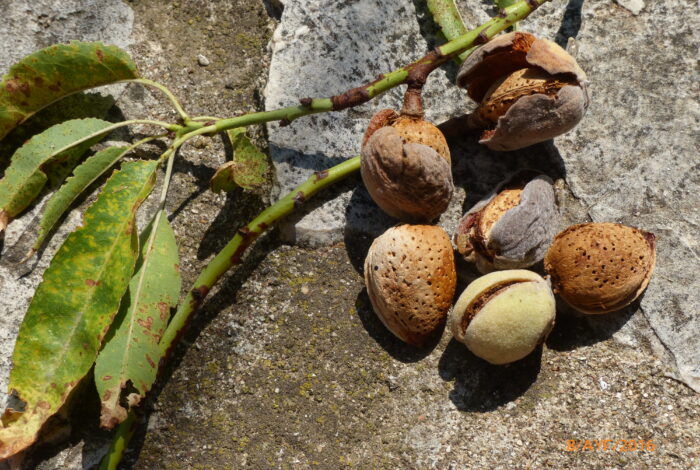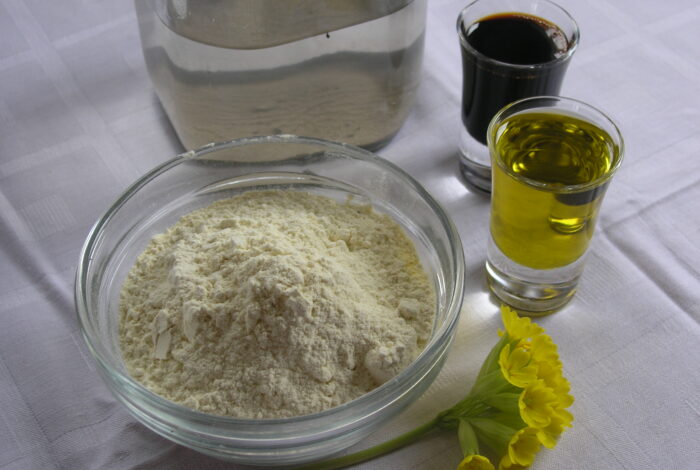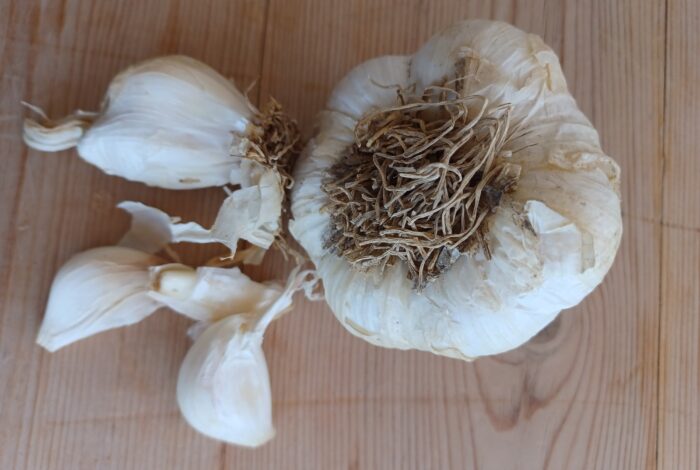Soultana-Maria Valamoti
Peas are one of the legumes that were cultivated in Greece as early as the 7th millennium BC. We know this from the discovery of carbonised pea seeds in Neolithic and Bronze Age settlements. These archaeobotanical remains of peas have been preserved to this day in archaeological deposits, either from everyday food preparation activities involving fire – in hearths and ovens – or from prehistoric houses that were destroyed by fire. For example, many pea seeds have been found at Arkadikos in Drama, dated to the 5th millennium BC. However, compared to other legumes like lentils, peas are relatively rare in the archaeobotanical material from prehistoric and ancient Greece.
It is generally accepted that the ancient Greek word for pea is pisos. Theophrastus (4th–3rd century BC) describes the plant in detail in his work Enquiry into Plants, noting that it has many leaves and a climbing stem, that its pods have no internal partitions, and that its cylindrical seeds lie touching one another inside the pod.
The word pisos is attested as early as the 5th century BC, though rarely. In one line by Aristophanes (5th–4th century BC), it is mentioned as an ingredient, in ground form, in a certain dish. Despite the rarity of ancient references to peas, we also learn from Aristophanes – in his play Knights – about a thick mash (etnos) made from peas, noted for its vibrant colour and excellent flavour. According to the ancient Greek philosopher Phainias (4th century BC), peas were cultivated precisely so that people could prepare this tasty mash. In the Hippocratic texts (5th–4th century BC), we read that peas produce less flatulence and are easier to digest than fava beans, which are cooked in a similar way. The ancient physician Galen (2nd century AD) agrees with this in his work On the Powers of Foods.
In modern Greek cuisine, peas are usually cooked as a stew, with the fresh peas removed from their pods, often flavoured with dill. Since split dried peas are sold in grocery stores, one might assume that a modern version of pea purée – reminiscent of the etnos from pisos in antiquity – is still prepared in Greek homes today. The pea mash recipe we found in ancient texts may be too simple to be included in contemporary cookbooks on regional Greek cuisines. However, katsouni, a local pea variety with a green outer coat and yellow cotyledons inside, cultivated on some Aegean islands such as Schinoussa and Amorgos, is cooked in the form of fava.
Image 1: Carbonised pea seeds from the Neolithic settlement of Arkadikos, Drama, 5th millennium BC (from S.M. Valamoti 2023, Plant Foods of Greece: A Culinary Journey to the Neolithic and the Bronze Ages, University of Alabama Press).










